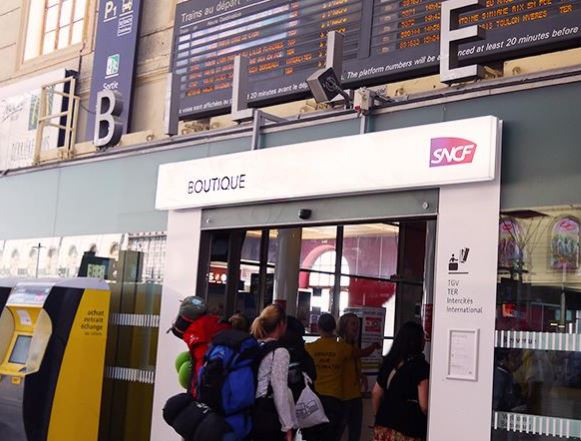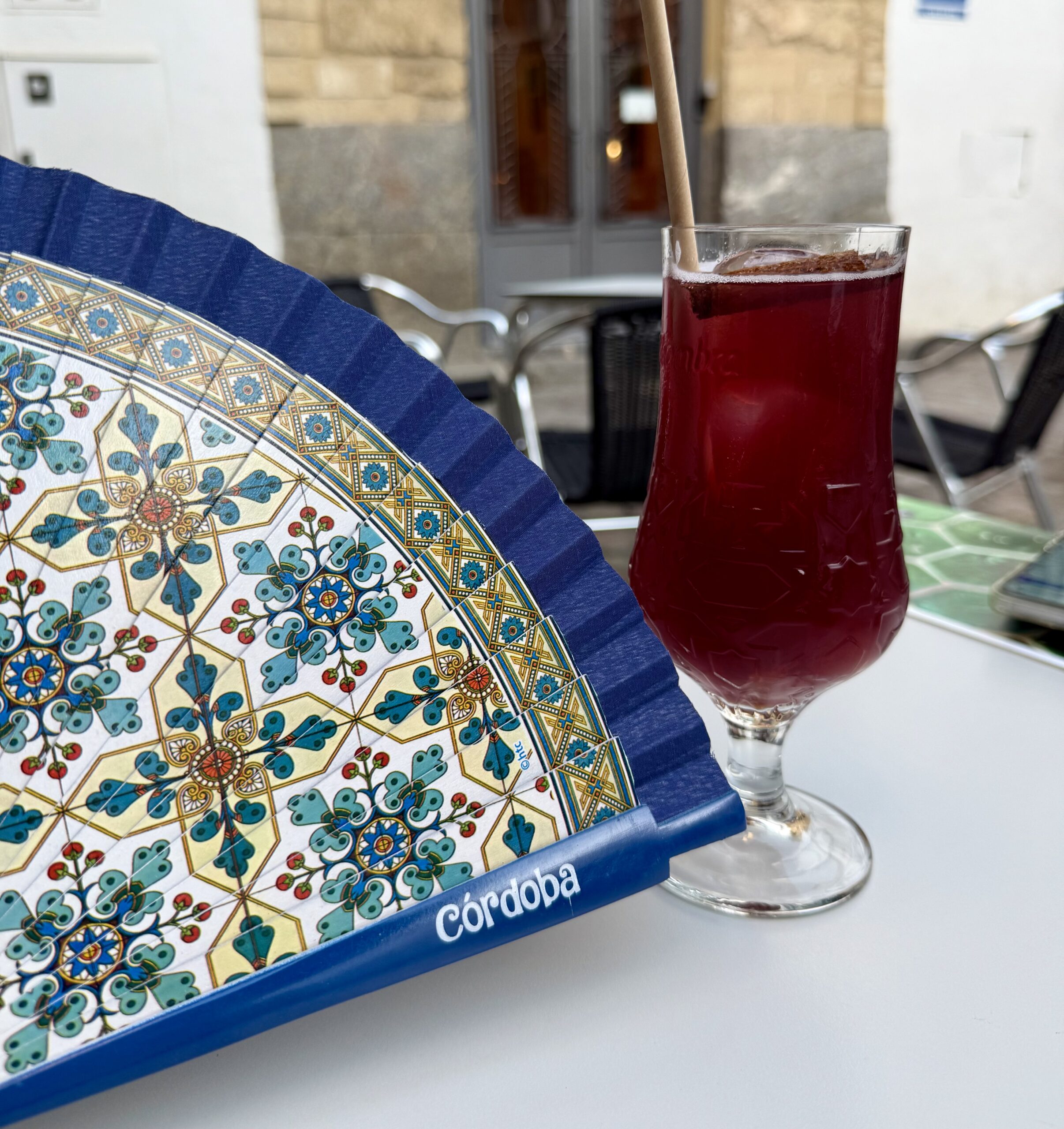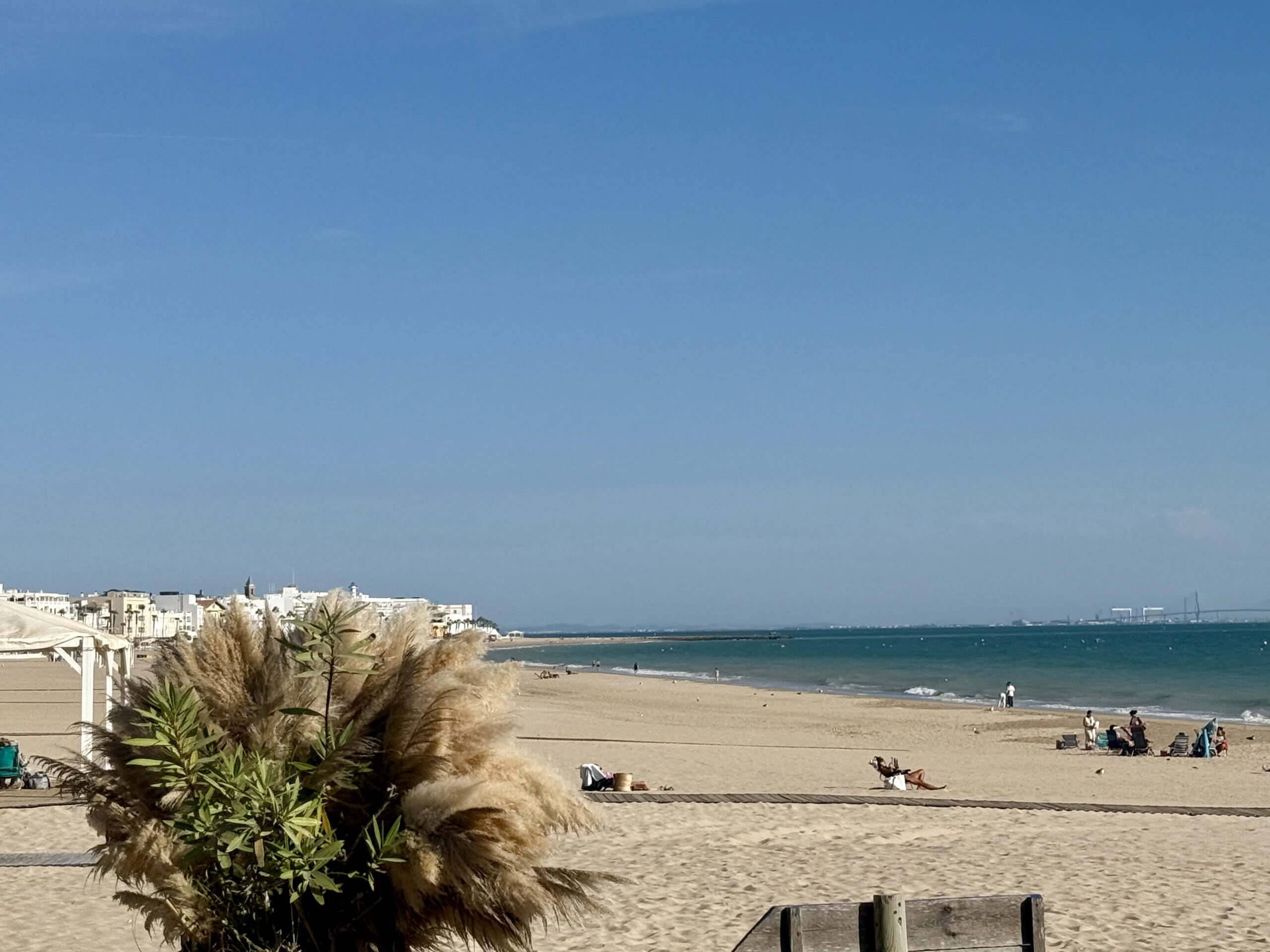
The Vagabond Vanishes
February 2, 2018
“The 11:42 to…”
… …. ? The further implications of an Avignon with two train stations made itself apparent the following day after arriving in town. I started looking at destinations out of Avignon, and I realized I could see a lot of places without having to pack up and leave the city. The idea of being able to leave Claude in the room for a few extra days was more than appealing, since I had access to a kitchen, patio and laundry, all within the little gated community of Residence Les Cordeliers. I extended my stay an extra three days, and sat down the plot out my next itinerary. The 10:26 to Aix en Provence looked juicy. From there I could travel on to Toulon, and then circle back home in the early evening. Since this was a non-pass day, I strolled up to the ticket window with plan in hand. That’s when I learned that my 10:26 was not leaving the Avignon Centre station where I was, but Avignon TGV, a six minute train ride away. It was already 10:20, so I had little chance of making the connection.
“Where can I go from here, then,” I asked the agent.
“You could go to Marseille. It leaves at 11:42.”
“Alon-si,” I replied. “Let’s go.”
The TER train was the oldest one I’d ridden on so far, weathered and well tagged by the spray paint set, with a musty smell and dirty windows. But it had compartments of eight high-backed seats a piece, and that gave it an Agatha Christie The Lady Vanishes look. I loved it, especially when my seatmates got off at the next stop, and I had the whole compartment to myself for the rest of the run.
If I didn’t go anywhere else after arriving in Marseille, I’d have about a four-hour layover before returning. I started clicking around my train planner app, and found I could zip on down to Toulon, zip back to Marseille for my return ticket back to Avignon. The only catch was I’d have to see a ticket agent for the Toulon ticket, and there was only a fifteen minute window to accomplish it. I also wanted one of those sweet-looking baguette sandwiches to have for a rolling lunch to Toulon.

Ticketing at Marseille St. Charles
Marseille is a big station and a bustling one. I realized I’d have to choose between the ticket and the sandwich; there would be no time for both. And what there wasn’t any time for, as it turned out, was the ticket. The line was too long and I’d never make it. I walked back to the sandwich counter bought a ham and butter baguette and set off for a walking lunch in the city.

Maybe the better option for tickets next time?
It was a most enjoyable walking lunch, too, as there was nothing of any significance to see. There was a commodius cafe across from the station, where the waitress greeted me with a warning about pickpockets. Just my kind of place in my kind of town. I showed her my security solution, and she seemed satisfied I was sufficiently protected. (I had my pocket picked in Paris once, after which I changed up how I carried my valuables from then on. But I had remained impressed with the dexterity of the little gypsy urchin that made off with sixty Euros of ours that evening.)
The time passed pleasantly and I boarded a more handsome red-curtained, low-lit car for the ride back to Avignon. The car had a 1940’s feel to it, and I was enjoying the wide diversity in carriages I’ve experienced so far on this trip. (I’m still most partial to the first class accommodations of the sleek TGV trains, of course.)
Dinner at an Irish pub was a reasonable plate of fish and chips. Irish fare was not so out of place, since it was the Celts dressed up as Gauls whom the Romans defeated here back when.
The area is rich in Romanesque and Dark Age history, according to what I’m reading in Ina Caro’s entertaining book, The Road From the Past. The Romans accomplished some amazing civil engineering amidst all the plundering and pillaging, but when the Visigoths defeated them, it all fell into eventual disrepair. Seems the Visigoths, in addition to being illiterate, also knew nothing about the concept of taxes, especially the part about collecting them, which they didn’t do.
And yet, historians insist on referring to the period as The Dark Ages. I guess there musn’t be that many Republican historians around.



Be the first to comment